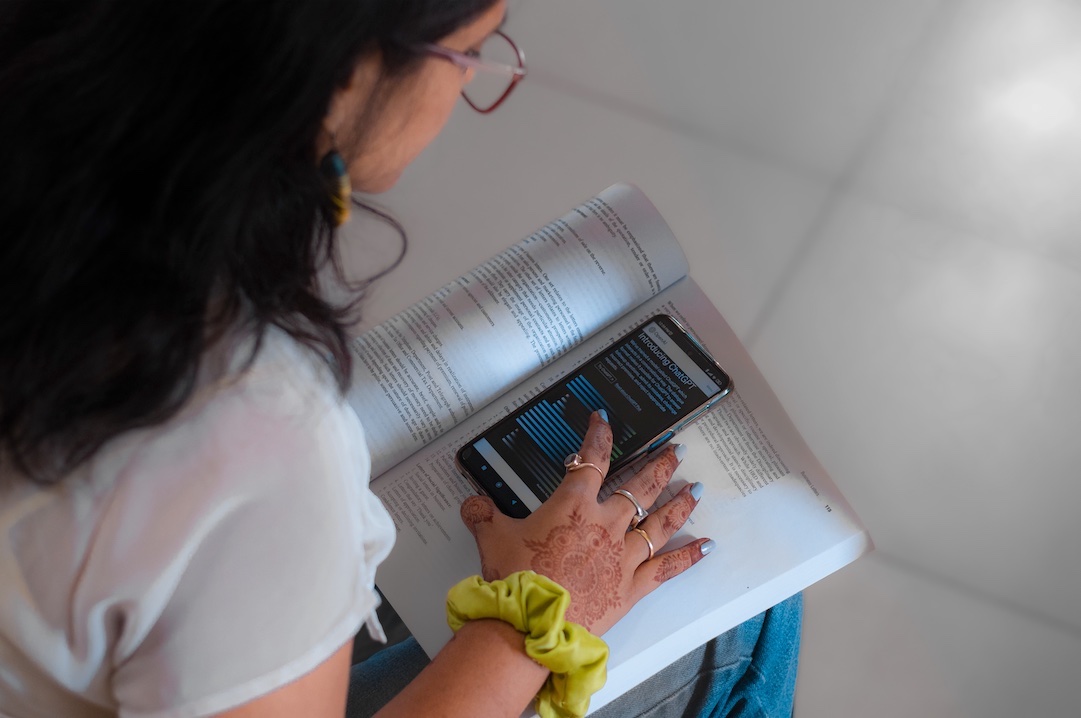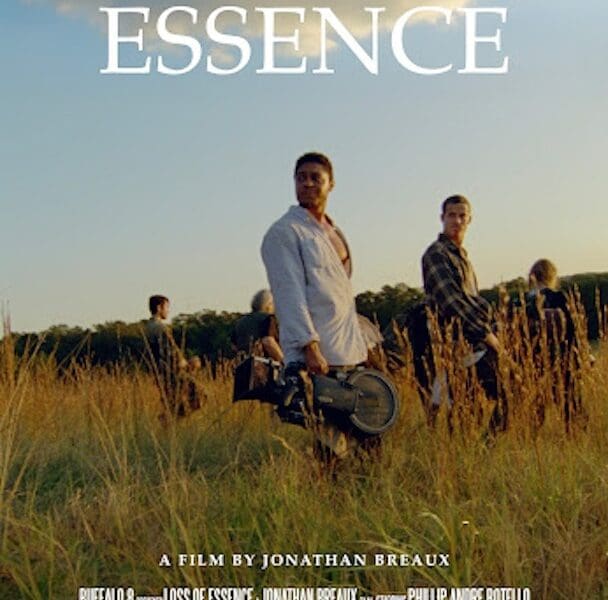
How to use ChatGPT for screenwriting
Introduction
Screenwriting is a complex craft that requires creativity, storytelling skills, and meticulous attention to structure and format. With the rise of AI systems like Chat GPT, writers now have an intriguing new tool to potentially assist with certain aspects of the screenwriting process. In this comprehensive guide, we’ll explore effective techniques for utilizing ChatGPT to help brainstorm ideas, develop characters, improve dialogue, correct formatting, and more. While the AI cannot fully replace human creativity and finesse, its capabilities to generate ideas, expand on concepts, and edit writing can enrich and enhance many parts of screenwriting if applied judiciously.
Brainstorming Story Ideas
One of ChatGPT’s strengths is helping spark new story concepts by having it expand on basic prompts. Here are some examples of effective prompts to generate interesting film ideas:
– “Give me a premise for an exciting spy thriller film set in the 1960s”
– “Come up with a logline for a romantic comedy about two rival advertisers forced to work together on a campaign”
– “What’s an inventive concept for an animated kids movie about anthropomorphic food creatures?”
The AI will provide various premises, loglines, or high concept pitches that writers can use as jumping off points. It may take a few tries to get something feasible, but the ideas can stimulate your own creativity. Use the AI as ideation support rather than relying fully on it.
You can also provide more detailed prompt templates like:
“A [protagonist type] living in [setting] has their life disrupted when [inciting incident that kicks off the central conflict]. They try to [protagonist’s initial goals] but face challenges from [antagonistic forces working against them]. In the end they [character arc and change that resolves the conflict].”
This provides a basic story structure and dramatic arc that the AI will fill in with new ideas.
Developing Dimensional Characters
Give the AI a character archetype and have it generate a backstory, distinctive personality traits, motivations, and character flaws. For example:
“Write a detailed backstory, personality profile, and key flaws for a quirky detective character in a mystery film”
The AI may provide insights and details you wouldn’t have considered yourself. Ask it to expand further on the most promising characters and dynamics. Use the AI to make your characters richer and more three-dimensional.
Improving Dialogue
ChatGPT can help punch up scene dialogue by giving it character descriptions, the scene location/context, and a few starter lines, for example:
“Write a comedic exchange of dialogue between a skeptical, sarcastic male detective and a perky, enthusiastic female journalist sitting at a bar.”
Review the AI’s dialogue – it may need finetuning and rewrite to sound more natural, but could offer joke ideas or ways to spice up stale exchanges. You can also have it edit dialogue to sound more or less formal.
Checking Formatting
Paste in samples of your script and ask ChatGPT:
“Read through this script excerpt and fix any issues with proper screenplay formatting standards.”
It will check for errors in layout, scene headings, action lines, transitions, capitalization etc. This helps polish technical elements. But always review its changes to ensure story integrity is maintained.
Describing Scenes/Action
The AI can generate concise scene descriptions that set the location, mood, and action if given some context, for example:
“Write a 2-3 line scene description for the opening creepy scene that takes place in a dark, foggy graveyard at night.”
Use the best lines that fit your story and edit further. This can quickly convey necessary visuals that set the tone.
Developing Outlines
Have ChatGPT write a quick 3-5 sentence summary of each act or key plot points:
“Give a concise 3 sentence summary of the A story in Act 1, Act 2, and Act 3 for an action comedy film about a mixed martial arts fighter training an unruly new student
Review the overall narrative arc and make adjustments so that the plot flows logically with rising stakes. Flesh out details yourself.
Avoiding Clichés
If you feel parts of the script are clichéd, paste those sections in and prompt:
“Rewrite this scene to put an original spin on the genre tropes and avoid clichés.”
See if the AI’s suggestions spur ideas to make it more inventive.
Expanding on Partial Drafts
If stuck on a partial first draft, give ChatGPT what you have written so far, the overall premise, character details, and where you intend the story to go, then prompt:
“Please read this partial draft, characters, premise, story trajectory and write a polished complete first draft maintaining the existing style and tone.”
Thoroughly review the expansion since coherence may be lacking. But portions might summarize necessary events or transition scenes in helpful ways until you refine further.
Inserting Subplots
Prompt the AI to generate B and C story ideas to complement your main plot:
“For a romance film about two competing magicians attempting to win the top talent show prize, come up with an engaging subplot idea involving the lead magician male’s quirky unreliable assistant.”
See if any of the ideas align well with your existing narrative and characters. Expand on the promising ones.
Strengthening Structure
Ask ChatGPT to analyze pacing, identify any plot holes, and suggest structural improvements:
“Review the outline and partial draft of my comedy screenplay. Identify any structural weaknesses in the narrative and propose solutions to improve the overall story flow.”
Look for useful feedback on how to strengthen the narrative cause and effect, raising of stakes, protagonist motivations, and plot holes.
Comparing Genres/Styles
If you want to adapt your idea into different genres or tones, prompt:
“How would the premise for an existential drama film about a monk losing his faith need to change to work as an offbeat indie comedy?”
Use the comparative suggestions to reframe your story appropriately while keeping the core intact.
Tracking Character Arcs
Have the AI review your outline/draft and identify if the protagonist’s change and growth aligns with common character arc patterns:
“Does the protagonist’s journey in my screenplay follow the conventions of a ‘rags-to-riches’ character arc? Identify any deviations and make suggestions to better align with that standard arc.”
Look for helpful perspective on portraying satisfying, consistent character evolution.
Conclusion
When applied thoughtfully, ChatGPT can help screenwriters generate ideas, expand drafts, improve dialogue, check formatting, avoid clichés, and strengthen technical elements. But human creativity, style and oversight remain essential. The AI should only be used as a beneficial assistant, not sole content creator. With the right collaborative approach, ChatGPT can augment parts of the screenwriting workflow, providing helpful tools to support the human writer’s skill and artistry. Just remember to review its suggestions critically rather than accept them outright. By embracing the human+AI combination judiciously, screenwriters can enhance their scripts and craft to thrilling new heights.







